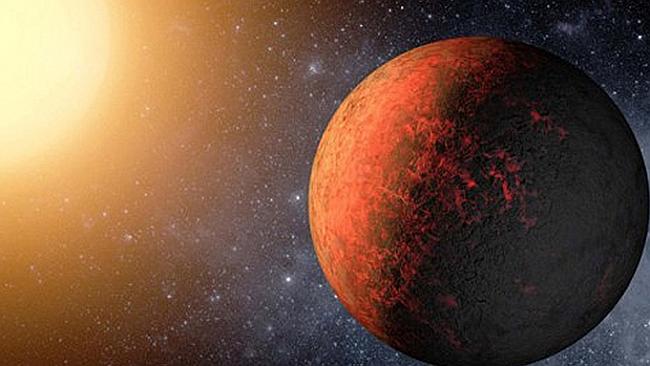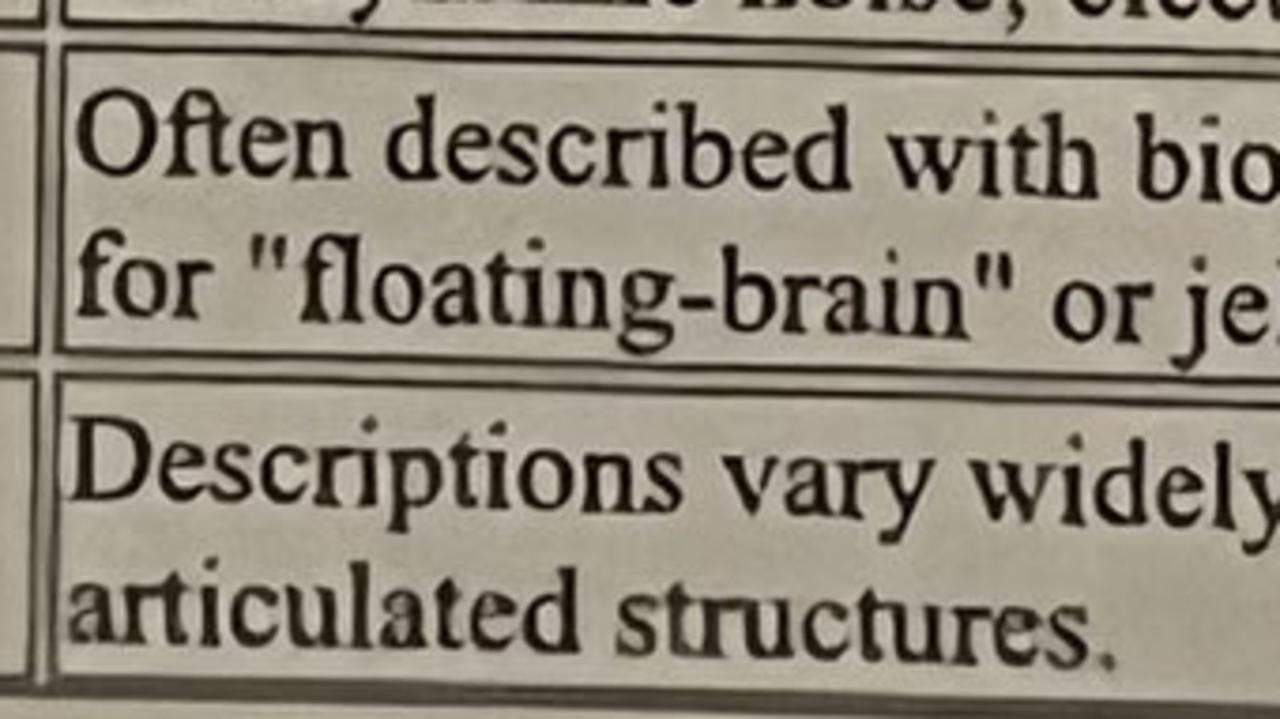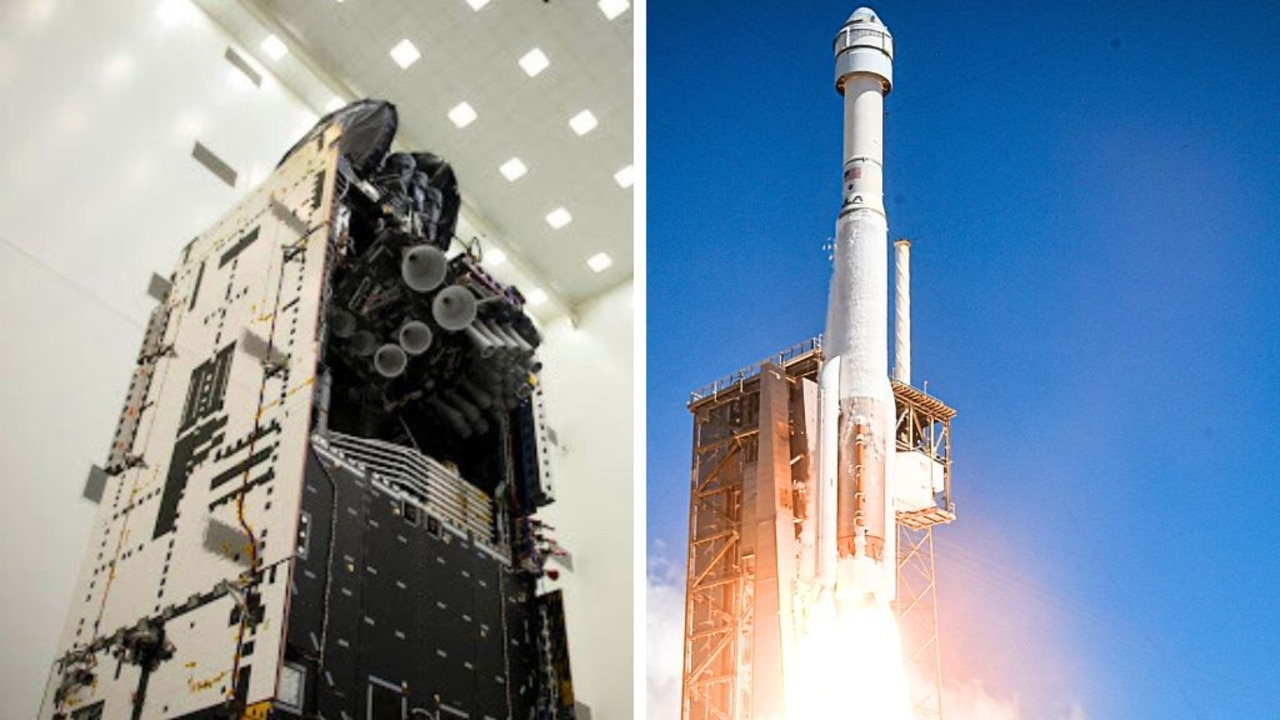Earth's hot twin sister Kepler-78b discovered by scientists
SCIENTISTS have found the most Earth-like planet ever discovered - but there's one small catch - It's hot. Really hot.

THE good news is astronomers have discovered an Earth-like planet.
The bad news is it's too hot for humans.
The planet - known as Kepler 78b - was named after its sun-like star, Kepler-78 which is about 20 per cent bigger than the sun.
It has an orbit of about 8.5 hours and flies so close to the sun that its temperature is about 2000 degrees hotter than Earth. It almost scrapes the surface of its sun as it orbits.
The planet is made up of iron and rock with a molten like surface and its atmosphere is almost non-existent.
Astronomer Drake Deming from the University of Maryland told Discovery News that this new planet proves that we're probably not alone.
"To me this means that planets like the Earth are probably not all that uncommon," he said.
"If one of the first measurements you're able to make that really pins down the density of a small, rocky planet gives you a density close to Earth's, Earth can't be that rare in terms of density."
The planet was discovered last spring by a group of astronomers using data collected from the now defunct Kepler space telescope but has since been verified by two independent teams.
The observatory detected slight dips in the amount of light emanating from a group of 150,000 stars they had been targeting.
The dips were a sign that the stars were being blocked by orbiting planets passing by.
The researchers were able to calculate that the planet was the same size of the Earth based on how much the light of its sun dimmed.
They then used ground-based telescopes to calculate the gravitational field between the planet in order to work out how much rock and iron it contained.
So cross this one off the list of planets to migrate to. Meanwhile scientists' quest for Earth-size planets in the "habitable zones" of stars continue.



